In the News
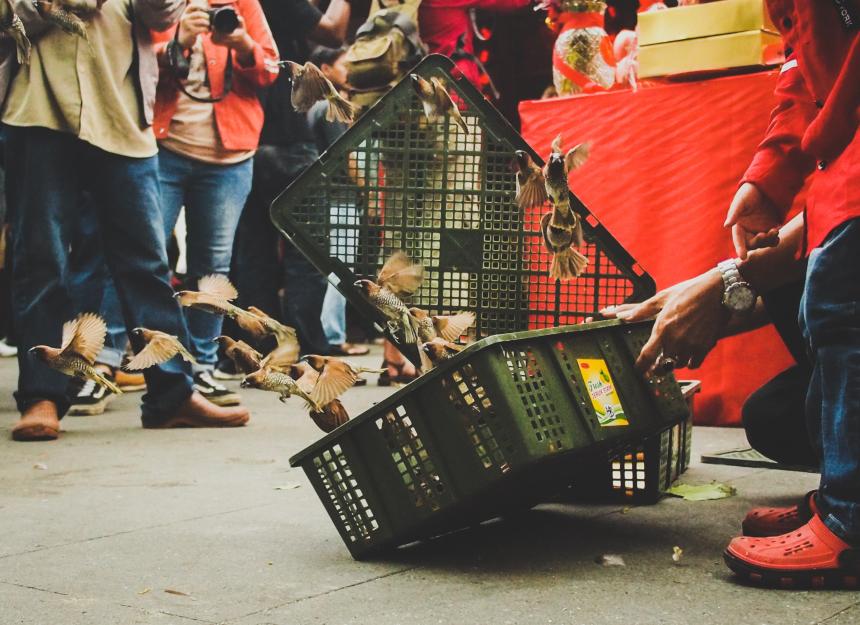
September 29, 2020
A bipartisan bill, the Preventing Future Pandemics Act, would direct the State Department to work with international partners to shut down commercial wildlife markets, end the trade in live wildlife for human consumption and stop the associated wildlife trade, end the import, export, and sale of live wildlife for human consumption in the United States, and phase out demand for wildlife as a food source.
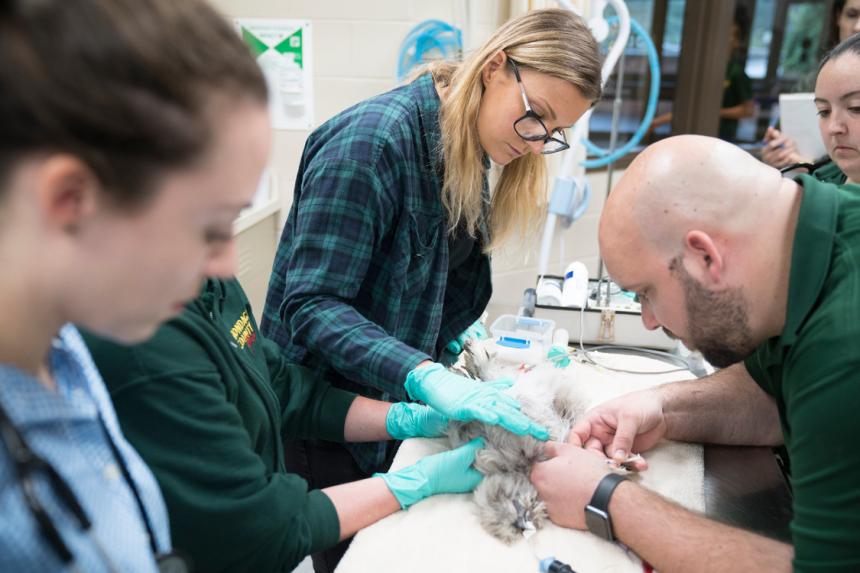
September 10, 2020
Our partners at the Rosamond Gifford Zoo broke ground on a new Animal Health Center that will help boost our collaborative animal care and research efforts.
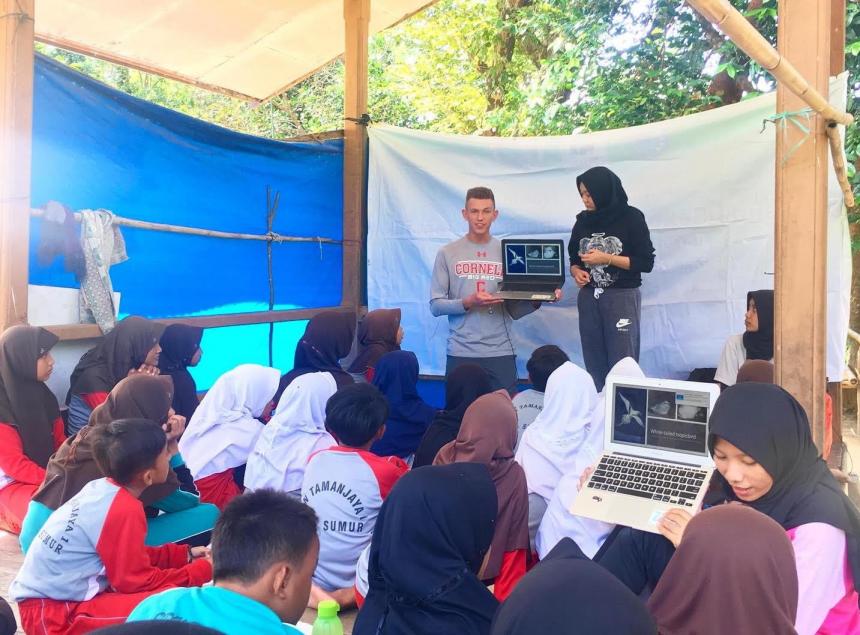
Blog
September 09, 2020
Cornell veterinary student Alexander Levitskiy ’24 reflects on his experience working in Indonesia last summer as part of an international program that exposes students to wildlife conservation work.
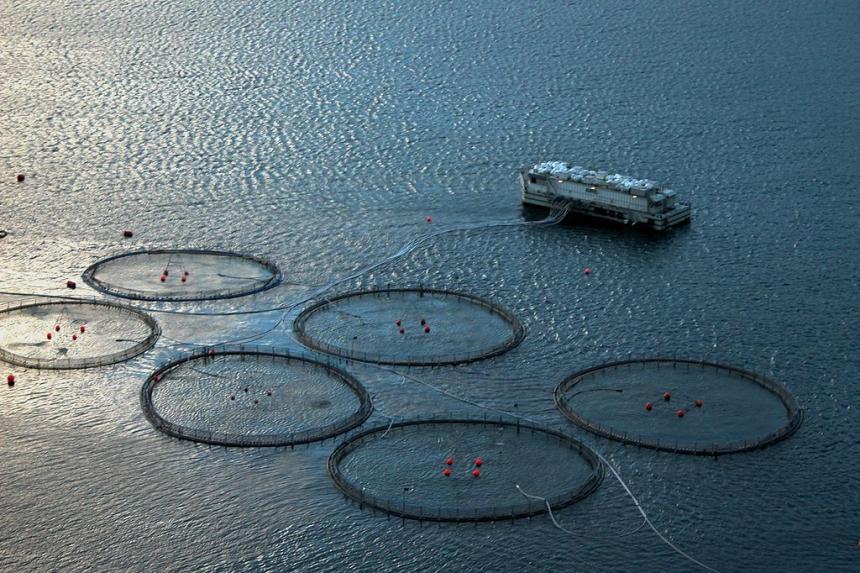
September 08, 2020
by
Rodman Getchell
Mostly stuck at home like the rest of you, I cannot get the constant talk about testing and tracing out of my head during this COVID-19 pandemic. New York Governor Andrew Cuomo’s voice is ever present, and I welcome his daily, even-tempered and pragmatic broadcasts about how to keep us safe. Given my line of work, I easily saw some analogies, and I said to my work-at-home spouse on one of our daily walks, “Fish farmers have to deal with epidemics, too.”
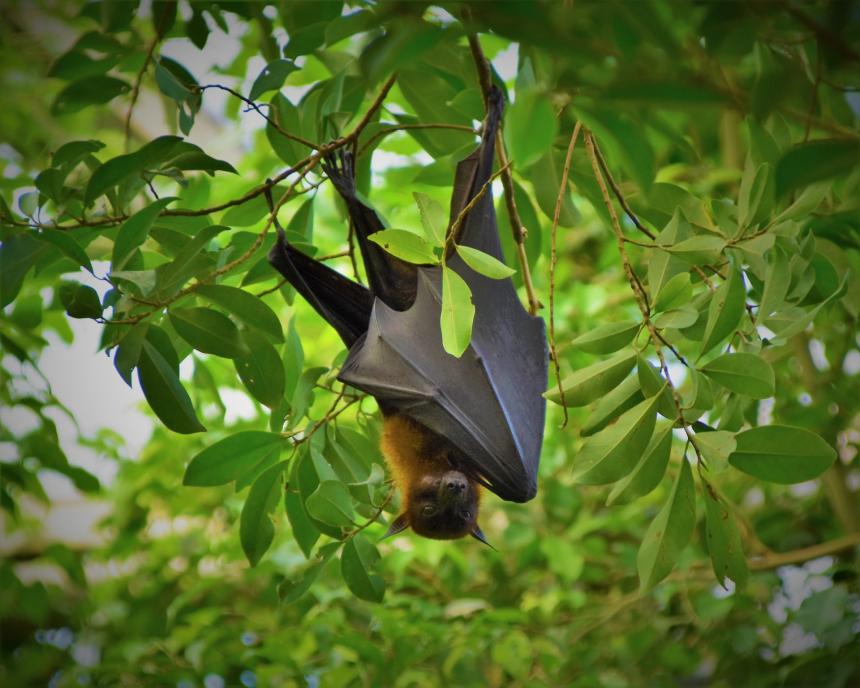
For Your Information
August 10, 2020
The mixing of multiple coronaviruses, and their apparent amplification along the wildlife supply chain into restaurants, suggests maximal risk for end consumers and likely underpins the mechanisms of zoonotic spillover to people.
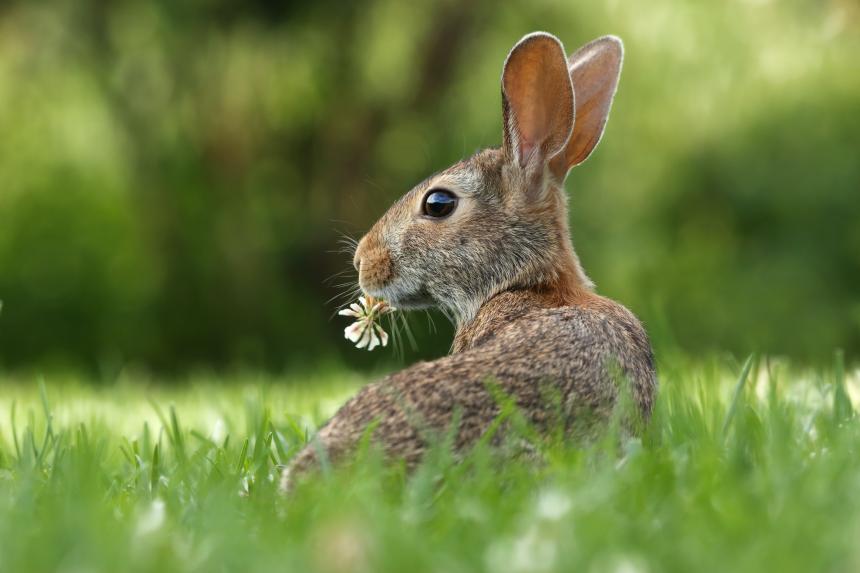
July 19, 2020
Rabbit Hemorrhagic Disease Virus 2 has been rapidly spreading across the western half of the United States, and Cornell's Dr. Krysten Schuler advises not handling wild rabbits at this time.
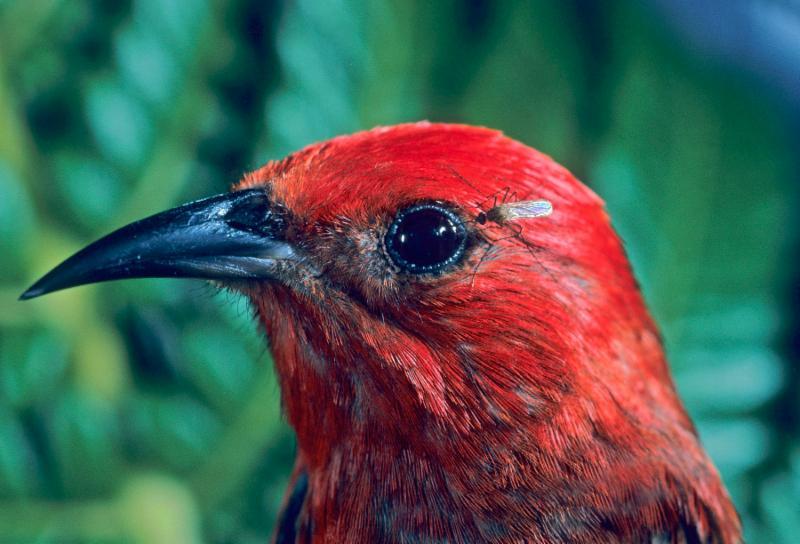
July 01, 2020
by
Katherine McClure
Vector-borne infectious diseases pose substantial threats to human health and the conservation of wildlife. Avian malaria in Hawai‘i provides an example of the devastation caused by the emergence and spread of such diseases within susceptible host populations.
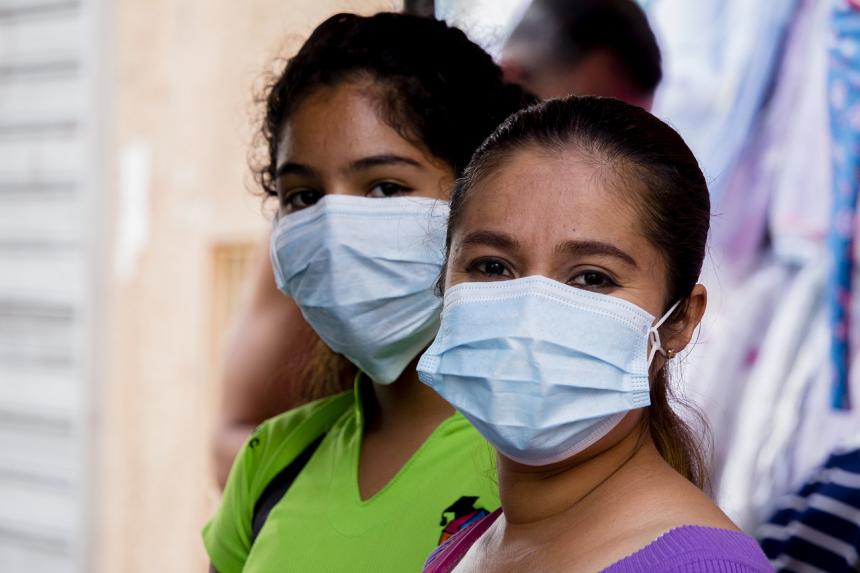
For Your Information
June 26, 2020
The COVID-19 pandemic is only the latest instance of an infectious pathogen jumping from animals to people. How to prevent the next pandemic is a matter of vigorous debate, and this report examines some of the key issues around virological research and human activities that can enable disease emergence (such as deforestation and the wildlife trade), and considers how conservation of wilderness and associated biodiversity can make us safer.
Podcast
June 23, 2020
In this Cracking One Health podcast interview, Dr. Steve Osofsky provides a personal perspective on his One Health work in southern Africa, and on his role in the origins of the One Health movement.
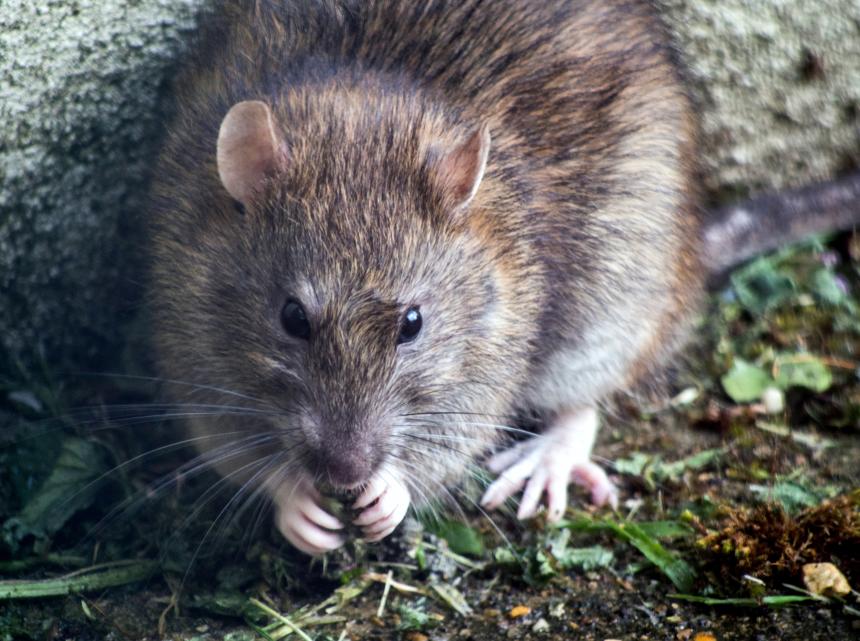
June 18, 2020
The Cornell Wildlife Health Center's Dr. Martin Gilbert co-authored a paper with preliminary findings that suggest the mixing of multiple coronaviruses in the wildlife trade and their apparent amplification along the supply chain could increase risk for end consumers.
